How blue can you get?
tunilla
12 years ago
Related Stories
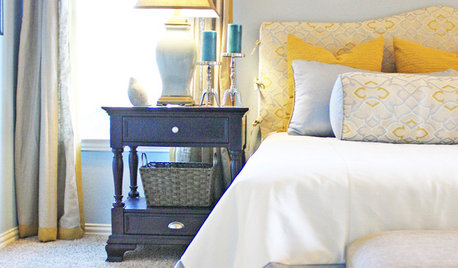
COLOR8 Color Palettes You Can't Get Wrong
Can't decide on a color scheme? Choose one of these foolproof palettes for a room that feels both timeless and fresh
Full Story
KITCHEN DESIGNTrending Now: 25 Kitchen Photos Houzzers Can’t Get Enough Of
Use the kitchens that have been added to the most ideabooks in the last few months to inspire your dream project
Full Story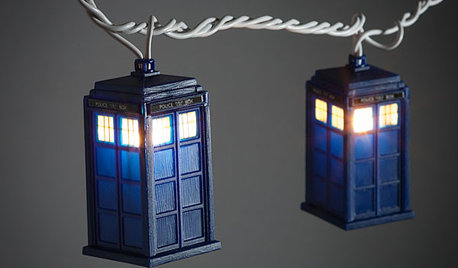
PRODUCT PICKSGuest Picks: Time to Get Your 'Doctor Who' Tardis Blue On
The time machine may be fictional, but you can show your fandom for real with Tardis-theme home accessories
Full Story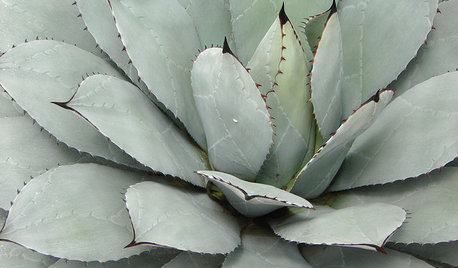
FOLIAGEGet a Cool Garden Look With Gray and Blue Plants
Looking for plants that calm with color in the heat of summer? Look no further than these 14 soothing beauties
Full Story
SHOP HOUZZShop Houzz: Get Acquainted With Tranquil Aqua Blue
Lighting, pillows, furniture and decor in aqua tones for easy, relaxing style
Full Story0

COLORWhy Blue and Yellow Can Be Perfect Bedfellows
This color combo evokes clear skies and golden beaches and can bring cheer to even the gloomiest days
Full Story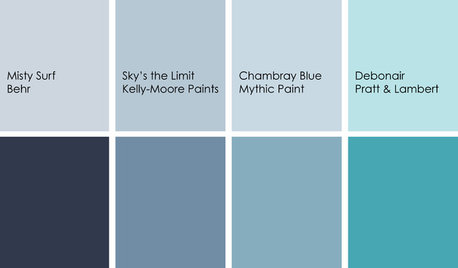
DECORATING GUIDESColor Feast: Yes, You Can Use Blue in the Dining Room
The sky's the limit for beautiful blues in your home's dining spaces; here's how to make it work
Full Story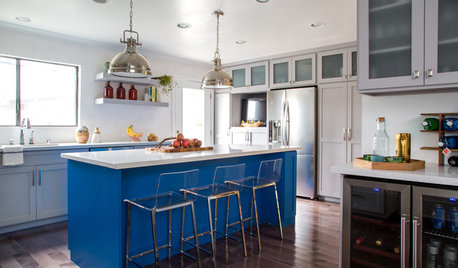
KITCHEN OF THE WEEKKitchen of the Week: We Can’t Stop Staring at This Bright Blue Island
A single mom updates her childhood kitchen, so she and her daughter have a functional and stylish space
Full Story
COLORCobalt Gets the Red Carpet Treatment
It dazzled at the Emmys, but this bold blue is earning rave reviews around the home too
Full Story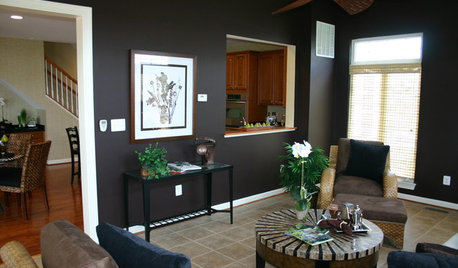
DECORATING GUIDESGet a Knack for Black
Black can make for rich interiors, but it can be intimidating. Have no fear — when used right, it's one of the best decorating colors around
Full StoryMore Discussions








severnside
Katsura Gardens
Related Professionals
Citrus Heights Landscape Architects & Landscape Designers · Bridgetown Landscape Architects & Landscape Designers · River Forest Landscape Architects & Landscape Designers · Addison Landscape Contractors · Brunswick Landscape Contractors · Burien Landscape Contractors · Cedar Hill Landscape Contractors · Essex Landscape Contractors · Pleasanton Landscape Contractors · Salmon Creek Landscape Contractors · Selden Landscape Contractors · Sun City Center Landscape Contractors · Vashon Landscape Contractors · West Chicago Landscape Contractors · West Coon Rapids Landscape ContractorstunillaOriginal Author
coniferjoy
ken_adrian Adrian MI cold Z5
dcsteg
coniferjoy
ken_adrian Adrian MI cold Z5
coniferjoy
wisconsitom
tunillaOriginal Author
Ament
ken_adrian Adrian MI cold Z5
maple_grove_gw
ken_adrian Adrian MI cold Z5